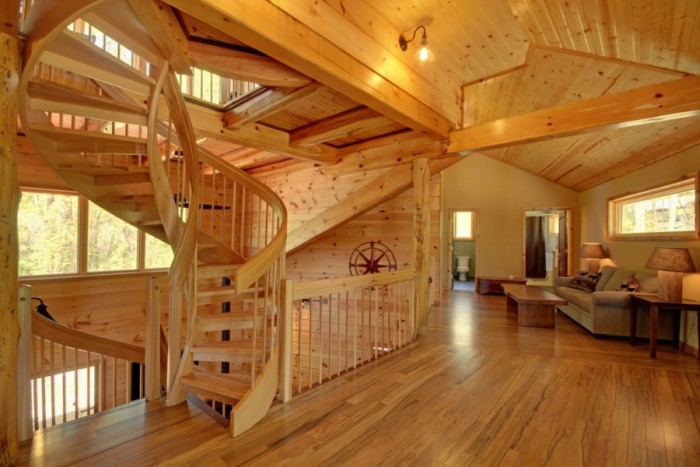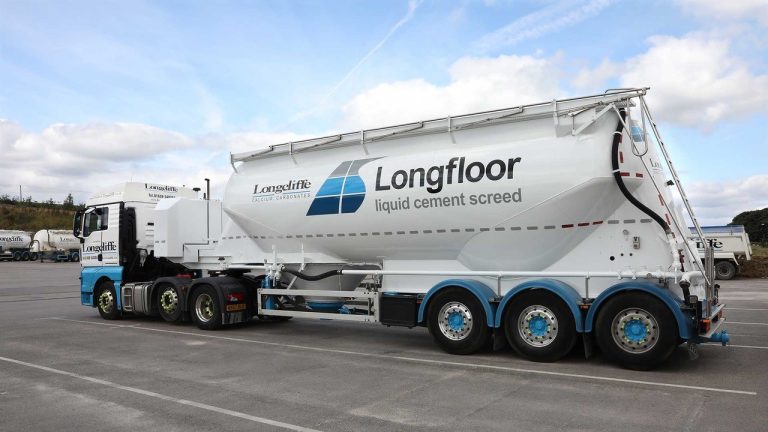Lafarge Cement, part of the Aggregate Industries business, is calling on housebuilders to insist on tighter controls around the use of mortar, following claims that the use of substandard product is causing damage to hundreds of new homes. The report by the BBC focused on the use of weak mortar – not meeting required industry standards – leading to crumbling found in properties across 13 estates in the UK[1]. The news has caused widespread concern amongst residents and across the construction industry. Jeremy Lee, Commercial Director at Lafarge Cement, comments: “This latest report is concerning, especially as it has been identified as a potential industry-wide problem affecting hundreds of homes. As acknowledged by the BBC, mortar performance is a complex issue, with a myriad of factors including weather and correct specification and application having a potential detrimental impact. “However, this is why it’s critical that all building products, including mortar, meet required industry standards – which according to the NHBC should be one part cement to 5.5 parts sand for most of the UK but for areas that experience extreme weather conditions such as Scotland, it’s recommended that a higher proportion of cement is used to increase durability. “Building standards are in place for a reason and tighter controls are needed to ensure that the correct products are specified, as well as being mixed and applied properly on-site. From housebuilders to the wider industry, it is everyone’s responsibility to ensure that adequate and suitable products are used, through a robust specification process and due diligence during all stages of the construction process.” As part of Aggregate Industries, Lafarge Cement offers a solutions-based packed cement portfolio, underpinned by robust technical knowledge and the latest product innovation. Through continual research and development with builders and builders’ merchants deployed by a highly skilled team, Lafarge Cement has an unrivalled track record for customer-focused innovation in cement products. The range includes the premixed and ready to use Mortar Mixed product, which is made up of a selected blend of cement, lime and aggregates and is suitable for laying all types of brick and block. For further information, please call 01285 646900, email packedcement@aggregate.com or visit www.aggregate.com [1] https://www.bbc.co.uk/news/business-46454844












